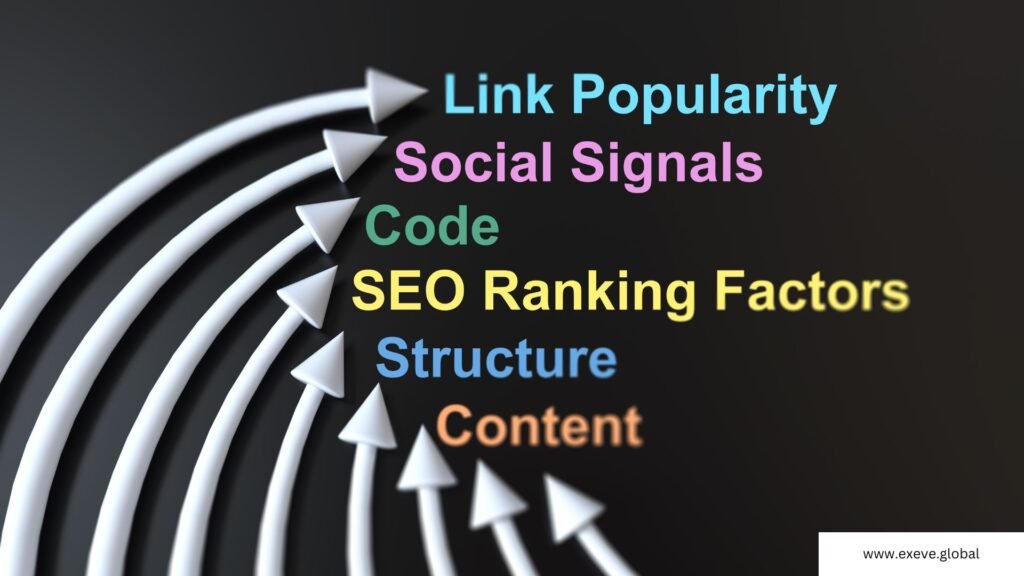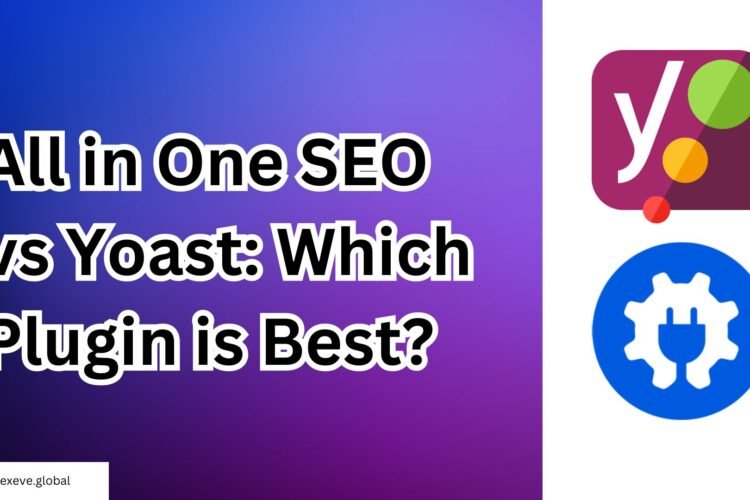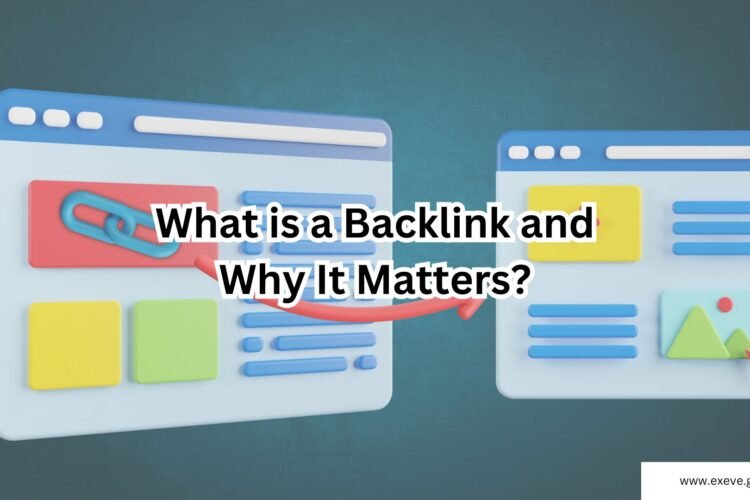
Search engine optimisation feels different in Australia. You’re competing in a market where Sydney, Melbourne, and Brisbane all have distinct search behaviours, and Google’s AI-powered results are changing how Australians find businesses online. If you’ve been following generic SEO advice and wondering why your rankings aren’t improving, you’re not alone. Australian businesses face unique challenges from .com.au domains to local search patterns to customers who search differently depending on their location.
This checklist cuts through the noise and focuses on what actually works for Australian businesses in 2026. Whether you’re a tradie, e-commerce store, or professional service, these are the exact steps you need to drive more local customers to your business.
Download the complete PDF checklist to keep handy as you optimise your site. The following checklist consolidates everything covered in this guide into an actionable format you can use to audit and improve your website’s SEO.
Overview
- Google Business Profile optimisation is critical for local visibility
- Mobile-first and Core Web Vitals directly impact Australian rankings
- Content must balance keywords with natural, readable language
- Australian backlinks carry more weight than international ones
- Regular audits catch issues before they destroy your rankings
Technical SEO Essentials
Your website’s technical foundation determines whether Google can even crawl and index your content properly. Get these basics right first.
Mobile Optimisation
Over 60% of Australian searches happen on mobile devices, and Google uses mobile-first indexing exclusively. Your mobile site isn’t secondary, it’s primary.
Check these mobile elements:
- Pages load in under 3 seconds
- Text is readable without zooming
- Buttons and links are thumb-friendly
- Forms work seamlessly on small screens
- Navigation is intuitive and accessible
Use Google’s Mobile-Friendly Test to verify your pages. Poor mobile experience kills both rankings and conversions.
Core Web Vitals
Google measures user experience through three metrics that directly affect rankings:
| Metric | Target | What it Measures |
| LCP (Largest Contentful Paint) | < 2.5 seconds | Main content load speed |
| FID (First Input Delay) | < 100 milliseconds | Interactivity & responsiveness |
| CLS (Cumulative Layout Shift) | < 0.1 | Visual stability |
Australian hosting matters here. Servers in Australia or strong CDN presence dramatically improves load times. Check your scores in Google Search Console.
HTTPS & Security
If you’re still using HTTP, you’re actively hurting your SEO. Google uses HTTPS as a ranking signal, and browsers warn users about non-secure sites. Install an SSL certificate (often free through Let’s Encrypt), redirect all HTTP to HTTPS, and update your sitemap accordingly.
Site Structure
Keep your site architecture logical and shallow.Users should reach any page within three clicks from the homepage. Use clean, descriptive URLs like example.com.au/plumbing-services-sydney instead of example.com.au/page?id=123. Submit an XML sitemap through Google Search Console and fix broken links promptly.
Local SEO for Australian Markets

Local SEO often matters more than national rankings. Whether you’re in Melbourne or Brisbane, appearing in local results drives real business.
Google Business Profile
Your Google Business Profile is arguably the most important local SEO tool. It’s free and can put you in the Local Pack (those three business listings with map results).
Complete these steps:
- Claim and verify your profile with accurate business information
- Choose the most specific category available for your business
- Write a compelling description with location and keywords
- Upload high-quality photos regularly (exterior, interior, products, team)
- Encourage and respond to reviews professionally and promptly
- Post weekly updates about offers, events, or company news
Businesses with photos receive 42% more direction requests and 35% more website clicks.
Local Citations
Citations are mentions of your business name, address, and phone number (NAP) across the web. Consistency helps Google verify your legitimacy.
Essential Australian directories:
- True Local
- Yellow Pages Australia
- Hotfrog Australia
- Start Local
- Oneflare (service businesses)
- ProductReview.com.au
Ensure your NAP is identical everywhere even small variations like “St” versus “Street” confuse search engines and dilute your local SEO.
Location-Specific Content
Create substantive content for each service area. Don’t just swap location names include local landmarks, suburbs, and area-specific information that demonstrates genuine local knowledge. Embed a Google Map on your contact page and create separate landing pages for multiple locations, each with unique content, address, and localised testimonials.
Keyword Research & On-Page SEO
Effective SEO starts with understanding what your customers actually search for, then optimising your pages accordingly.
Australian Search Behaviour
Australians use different terminology than Americans or British searchers. We say “mobile phone” not “cell phone,” “chemist” not “pharmacy,” “tradie” not “contractor.”
Use Google Keyword Planner set to Australian locations for accurate search volumes. Consider seasonal variations unique to Australia – Christmas in summer, school holidays, June 30 tax year end.
Focus on long-tail keywords like “emergency plumber Bondi Junction Sunday” rather than just “plumber”, they convert better with clearer intent.
On-Page Optimisation Checklist
Title Tags:
- Include primary keyword near the beginning
- Keep under 60 characters
- Make compelling enough to earn clicks
- Create unique titles for every page
Meta Descriptions:
- Write compelling 150-160 character descriptions
- Include target keyword and call-to-action
- Add location for local businesses
- Treat like ad copy, convince searchers to click
Header Structure:
- Use one H1 per page with primary keyword
- Break content with H2s for main sections
- Use H3s for subsections under H2s
- Make headers descriptive and scannable
Content Quality:
- Aim for 800-1500 words on commercial pages
- Write for humans first, search engines second
- Use Australian spelling consistently (colour, centre, behaviour)
- Include images with descriptive alt text
- Update content annually to keep it fresh
Internal Linking:
- Link from high-authority pages to newer content
- Use descriptive anchor text, not “click here”
- Maintain 3-5 internal links per 1000 words
- Create topic clusters linking related content
Schema Markup
Schema helps search engines understand your content and enables rich snippets enhanced results with ratings, prices, and other details.
Implement these schema types:
- LocalBusiness (address, hours, coordinates)
- Product (price, availability, reviews)
- FAQ (questions display in search results)
- Review (star ratings in listings)
- Article (blog content structure)
Use JSON-LD format and test with Google’s Rich Results Test tool.

Content Strategy
High-quality, relevant content attracts links, engages visitors, and signals authority to search engines.
Creating Locally Relevant Content
Generic global content won’t resonate with Australian searchers or rank as well. Address Australian-specific issues, regulations, and seasons. Reference local organisations like the ACCC or Fair Work Commission.
Use Australian brands, terminology, and cultural references. Mention events like Australia Day or regional considerations that demonstrate local expertise.
Content Types That Work
How-to guides attract informational searches early in the customer journey. Service pages target commercial keywords with clear calls-to-action. Case studies provide social proof for prospects researching options. Location content targets geo-specific searches. Industry news keeps your site fresh and authoritative.
Balance keywords with readability include your primary keyword in the first paragraph and naturally throughout, but never force it. Google understands context and synonyms. Write at Year 8-10 reading level with short paragraphs, clear headers, and bullet points. Online readers scan first, so format for scannability.
Link Building
Links from other websites remain one of the most important ranking factors. Quality matters far more than quantity.
Why Australian Links Matter
Links from .com.au or .au domains carry more weight for Australian rankings than international links. Google recognises geographic relevance. Focus on Australian publications, industry associations, chambers of commerce, and regional news sites for valuable local links.
Earning Quality Links
Create linkable content:
- Original research or surveys about Australian industry trends
- Comprehensive guides that become go-to resources
- Visual content like infographics or interactive tools
- Data and statistics journalists need for articles
Strategic tactics:
- Guest post on relevant Australian websites
- Get featured in local news for events or expertise
- Build relationships with industry bloggers
- Participate in Australian business directories
- Create shareable resources other sites want to reference
Avoid black-hat tactics like buying links or participating in link schemes—Google penalises these aggressively.
Regular Monitoring & Maintenance
SEO isn’t set-and-forget. Regular monitoring catches issues early and identifies new opportunities.
Monthly Tasks
Check Google Search Console for crawl errors, manual actions, and Core Web Vitals issues. Review Google Analytics for traffic patterns, bounce rates, and conversion changes. Monitor rankings for your top 10-20 keywords. Analyse competitor movements and new ranking content.
Quarterly Tasks
Conduct comprehensive site audits using tools like Screaming Frog or Ahrefs. Update outdated content with fresh statistics and information. Review and refresh underperforming pages. Build new quality backlinks through outreach. Test mobile experience on various devices.
Annual Tasks
Comprehensive SEO audit covering technical, on-page, and off-page factors. Keyword research refresh to identify new opportunities. Competitor analysis to understand market changes. Content strategy review and planning for the year ahead. Review and update schema markup across the site.
Wrapping Up: Your SEO Journey Starts Now
SEO isn’t a one-time project, it’s an ongoing process that compounds over time. The businesses that consistently apply these fundamentals, create quality content, and adapt to algorithm changes are the ones that dominate Australian search results.
Start with the technical foundations, optimise your Google Business Profile, and build from there. Don’t try to tackle everything at once. Work through this checklist systematically, focusing first on areas that will have the biggest impact for your specific business.
Most importantly, remember that SEO exists to serve your customers. When you create genuinely helpful content, build a fast and functional website, and provide value that makes people want to link to you and recommend you, rankings follow naturally.
Print this checklist, work through it methodically, and watch your Australian search visibility grow.

